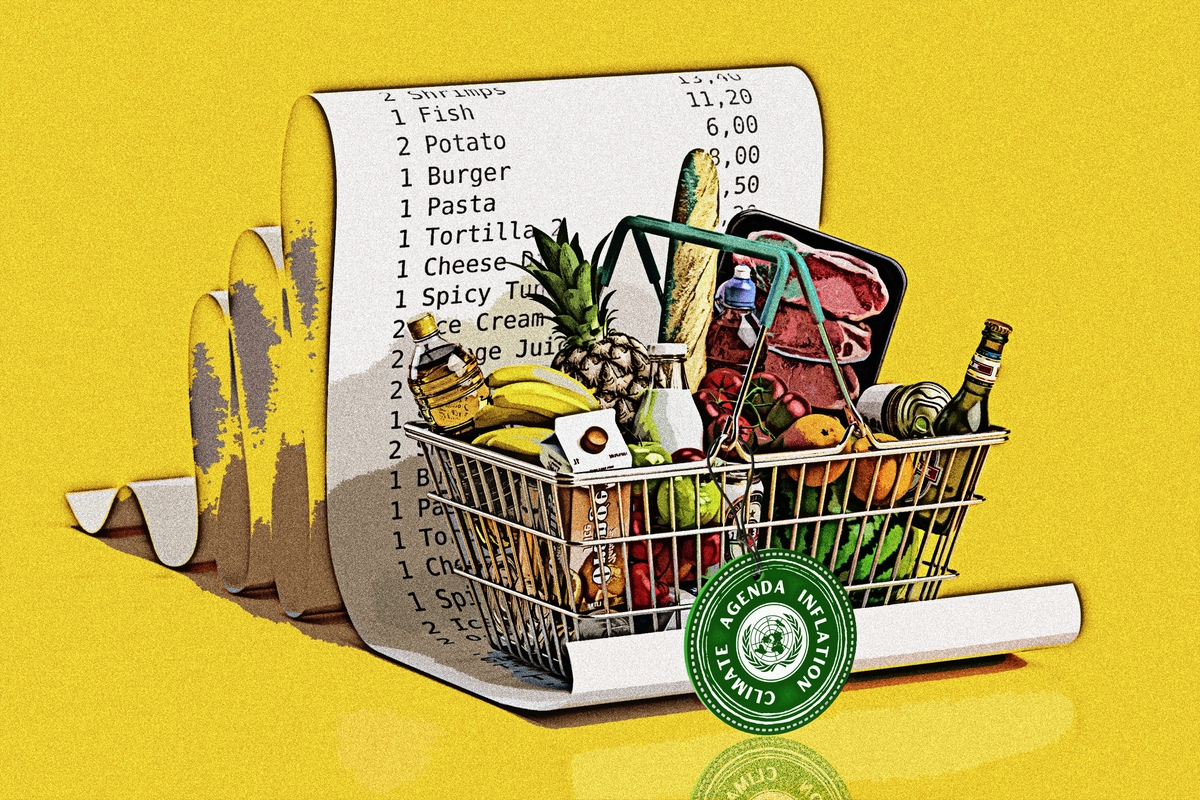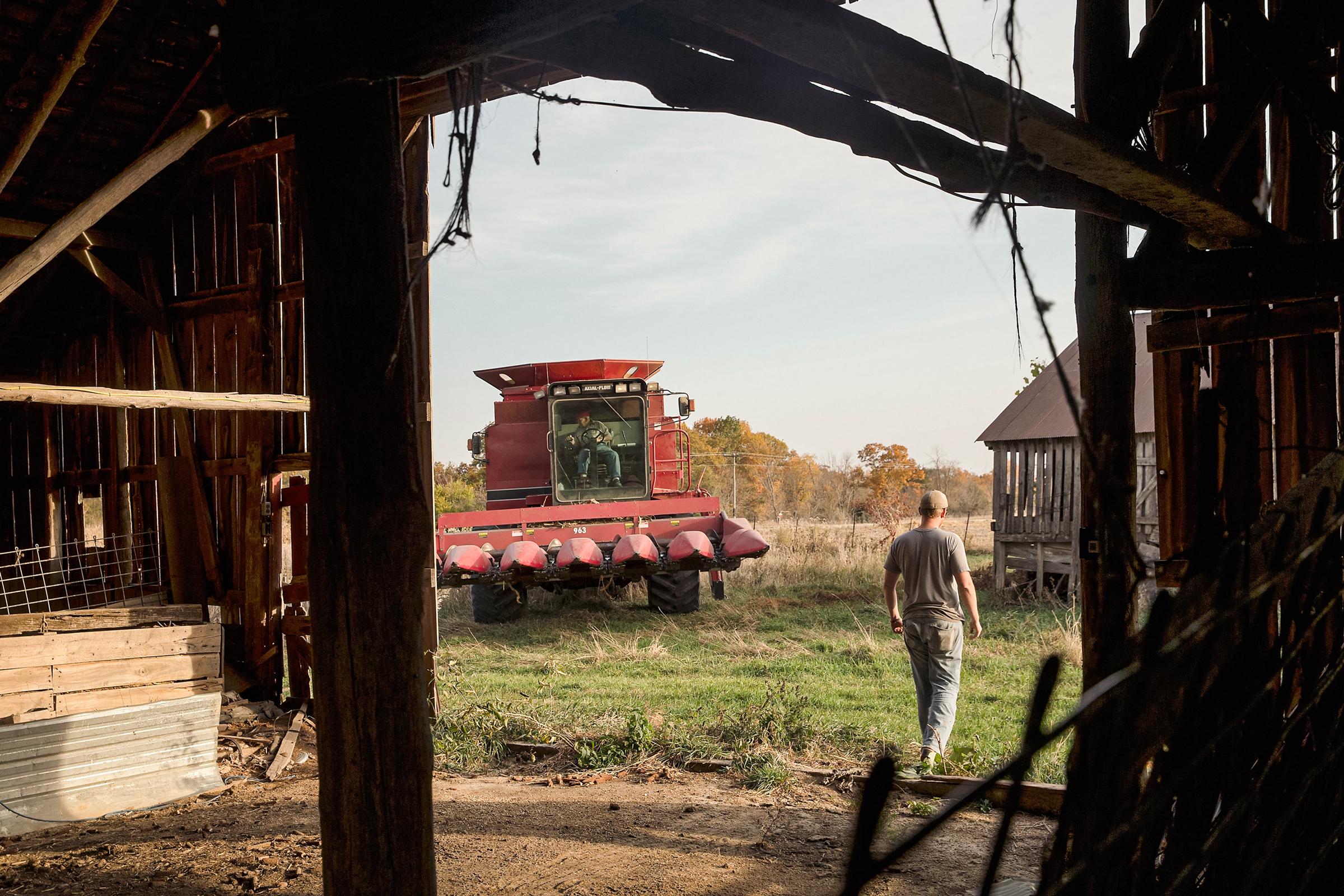by Kevin Stocklin, The Epoch Times:

As inflation remains stubbornly high, farmers throughout the Western world are warning that cost increases from the net zero movement will drive food prices still higher, while simultaneously putting many smaller farmers out of business.
Overall, prices have surged by nearly 18 percent since January 2021 when President Joe Biden took office.
TRUTH LIVES on at https://sgtreport.tv/
Americans are struggling in an economy in which, by official statistics, nearly one-fifth of the value of their dollars has evaporated in three years—though many will say the cost of food and other essentials has become more expensive than what the official numbers state.
“Food prices are expected to continue to decelerate in 2024,” the USDA projects.
While some predict that the worst is behind us, analysts of the U.S. farming industry say there is another round of price inflation in the works, which will come from the Biden administration’s “whole of government” effort to reduce global temperatures.
The report, titled “Net-Zero Climate-Control Policies Will Fail the Farm,” projects that farmers will see costs rise by at least 34 percent, which will increase the household grocery bill for an American family of four by more than $1,300 per year.
“Complying with net-zero emissions policies and corporate ESG reporting requirements will increase prices of farm inputs, the costs of which will ultimately be passed onto consumers at grocery stores and restaurants,” the report states.
“This is where the left is going, trying to get to net zero,” Rea Hederman, executive director of the Buckeye Institute’s economic research center, told The Epoch Times. And the costs imposed on farmers are in addition to price hikes from inflation, weather, or other factors that typically impact food prices.
“The fact that the federal government printed too much money, this is on top of that,” Mr. Hederman said, “and it’s a sustained increase, not a temporary fluctuation in food prices, because you’re building higher baseline operating costs that are going to be permanent for farmers going forward.”

The report analyzed an average U.S. farm, which is about 700 acres in size, producing corn. It then summed the costs of complying with net zero mandates, as well as price increases on fuel, fertilizer, and other supplies from the various net zero initiatives that are either in place or expected to take effect.



